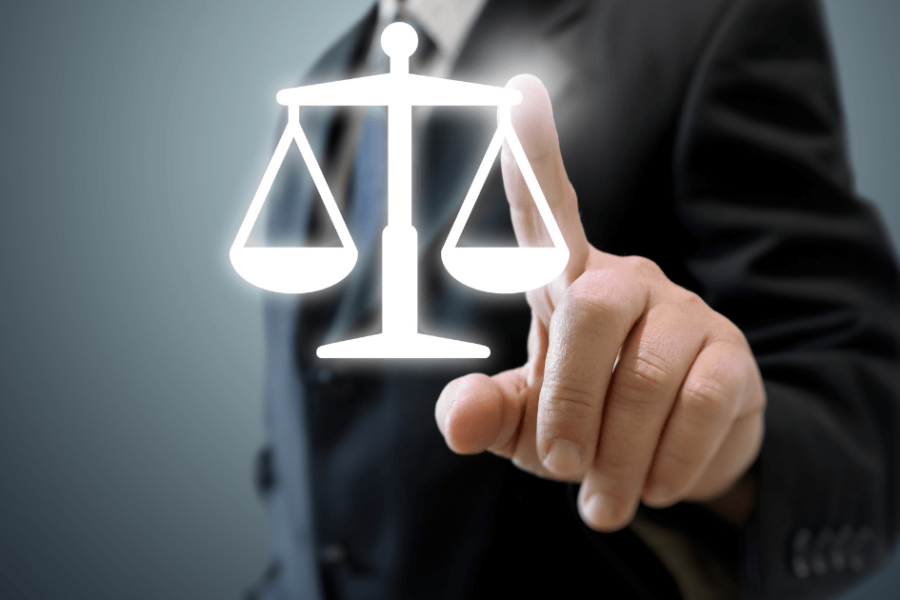Cross-examination is frequently put to the test by a trial lawyer’s resourcefulness in impeaching a witness’s credibility by eliciting discrepancies that render his earlier evidence untrustworthy. Cross-examination has historically been regarded as the most reliable method of ascertaining the truth and providing more security than oath. The approach consists of introducing and proving otherwise inadmissible evidence while demonstrating mastery of the underlying laws of evidence. At the macro level, the broad parameters of impeaching a witness’s credibility are foreseen by Section 155 of the Evidence Act, 1872 (the “Act”), where establishing inconsistencies, among other things, plays a significant role.
Superior courts in India have often underlined the need to show discrepancies in accordance with the approach outlined in Section 145 of the Act. Section 145 of the Act is worded in large part to include the procedure for proving contradictions in both criminal and civil trials by an adverse party. Contradictions may be apparent or disguised as omissions. The term ‘improvements’ is frequently used colloquially to refer to the consequence of contradictions. It cannot be stated that all omissions and adjustments in the witnesses’ versions render their evidence untrustworthy owing to discrepancies. The law has been established via a lengthy line of court statements that minor inconsistencies and differences in witness evidence would not have a fatal influence on the prosecution’s case, unless the same delves into the heart of the problem.
In the same breath, while the term ‘Statement’ is typically used in its primary meaning to suggest a fact that is stated, in the context of criminal trials, contradictions in a witness’s testimony in relation to the witness’s previous statement generally denote previous statements reduced to writing by an investigating officer before him in accordance with Section 161(3) of the Code of Criminal Procedure, 1973 (the “Code”). The Hon’ble Court ruled in the case of Baldev Singh vs. State of Punjab that a statement recorded under Section 161 of the Act shall not be utilized for any purpose other than to contradict a witness in the manner stipulated in the proviso to Section 162 (1) of the Code.
As a result, the mechanism envisioned can be divided along these broad lines. Section 162 makes an exemption to the usual norm regarding past comments made to an investigative officer, insofar as “when any witness is called for the prosecution in such inquiry or trial whose statement has been reduced into writing as aforesaid, any part of his statement, if duly proved, may be used by the accused, and with the permission of the Court, by the prosecution, to contradict such witness in the manner provided by Section 145 of the Act”.
It will be interesting to observe an explanatory annotation to Section 145 of the Act. To contradict the witness’s evidence adduced during the trial (typically his examination in chief) with a statement made before the investigation officer during investigation, the witness’s attention should be drawn to that part of the contradictory statement, reduced in writing, during cross-examination. As a first step, the witness must be shown the relevant section of his earlier testimony; as a corollary, the witness must be questioned as to whether he did, in fact, make the statement. It is important to remember that the witness’s attention must be attracted to the relevant elements of his earlier statement.
In a robbery case, for example, an eyewitness to the crime deposes in court that “I saw A and B at the crime scene and I saw B rob the bank at gun point” per contra, in a previous statement to the investigating officer the said witness stated that “I saw A and B at the crime scene and I saw A rob the bank at gun point,” this constitutes an apparent contradiction and must be proven in accordance with Section 145 of the Act.
According to the great Francis Wellman of the New York Bar, one must deal with a diversity of witnesses testifying under an unlimited number of varying conditions. The craft of cross-examination encompasses all hues and complexions of human morality, desires, and intelligence. After all, it is a mental battle between counsel and witness.

